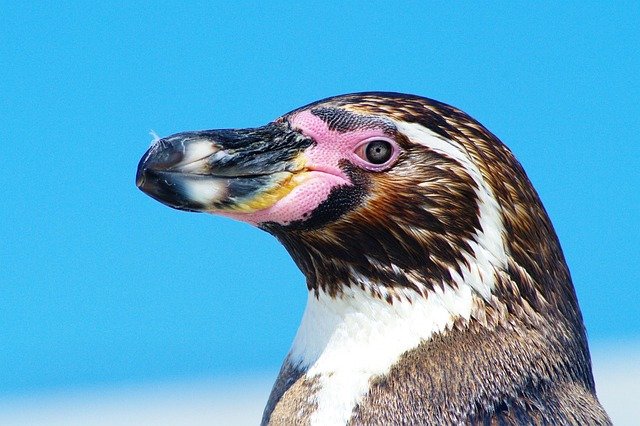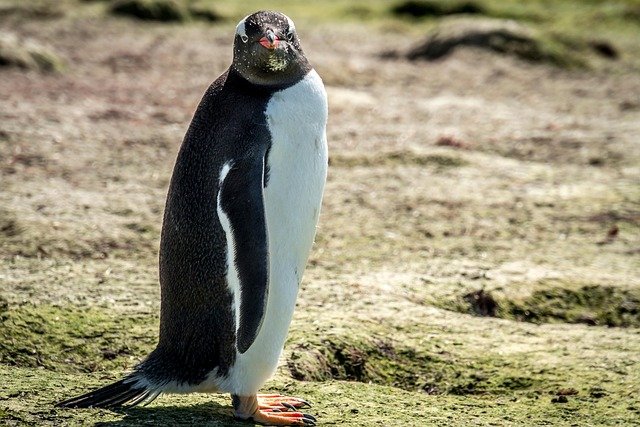**Title: "The Social Lives of Penguins: Understanding Their Complex Communities"** **Overview:**

The Social Lives of Penguins: Understanding Their Complex Communities
Penguins are often seen as charming, clumsy creatures waddling across icy landscapes, but beneath their adorable exterior lies a complex social structure that is both fascinating and essential for their survival. In this post, we will explore the intricate social lives of these flightless birds, examining their communication, social hierarchies, and communal behaviors.
The Importance of Social Structure
Penguins are highly social animals that thrive in colonies, which can range from a few dozen to several thousand individuals. These large groups provide protection from predators, enhance foraging success, and facilitate breeding. Social structure is vital for maintaining the cohesion of these colonies, and each species of penguin exhibits unique social dynamics.
Communication: The Language of Penguins
Penguins have developed a sophisticated system of vocalizations and body language to communicate with one another. Each species has its own distinct calls, which can convey various messages, such as alarm calls, mating calls, or signals to locate mates and chicks. For example, Emperor Penguins are known for their loud, trumpeting calls that can be heard over long distances, allowing mates to find each other in crowded colonies.
Social Hierarchies
Within penguin colonies, social hierarchies play a crucial role in their interactions. Dominance and submission behaviors are often observed, particularly during breeding seasons. Higher-ranking individuals may have better access to resources, such as prime nesting sites or food. However, these hierarchies are not rigid; they can change based on factors like age, health, and breeding success.
Cooperative Breeding and Parenting
Many penguin species exhibit cooperative breeding behaviors, where multiple individuals help care for the young. This communal approach increases the survival rate of chicks, as adults can take turns foraging for food while others stay with the nest. For instance, in species like the Gentoo Penguin, parents will often share the responsibilities of incubating eggs and feeding their young, showcasing the strong bonds formed within the community.
Social Play and Bonding
Play is an essential aspect of penguin socialization. Young penguins often engage in playful behaviors, such as sliding on ice or chasing each other, which helps them develop social skills and strengthen bonds with their peers. Adult penguins also partake in social behaviors, such as preening each other, which reinforces partnerships and social ties within the colony.
Conclusion
The social lives of penguins are rich and multifaceted, reflecting their adaptability and the importance of community in their survival. By understanding their complex social structures, we can appreciate these remarkable birds beyond their playful antics. As we continue to study penguin behavior and social dynamics, we gain valuable insights into the broader implications for conservation and the preservation of their habitats.
Join the Conversation!
What do you find most fascinating about penguin social behavior? Share your thoughts in the comments below!

Upvoted! Thank you for supporting witness @jswit.